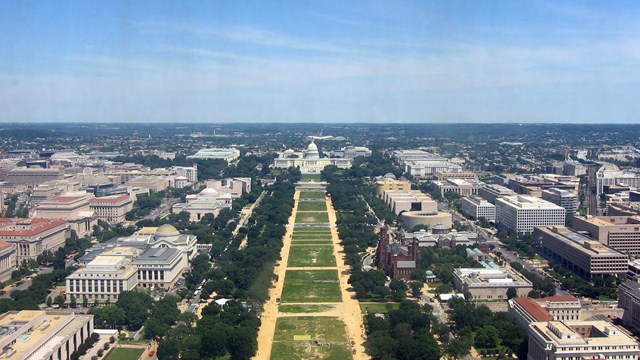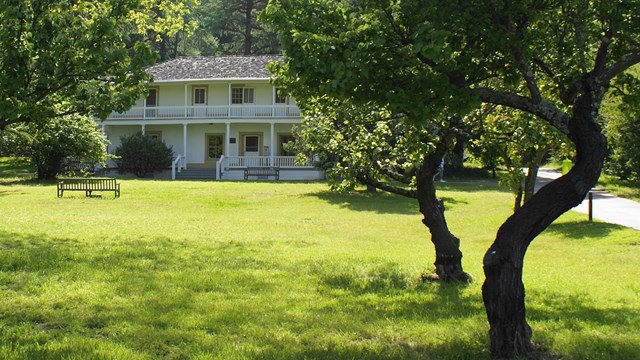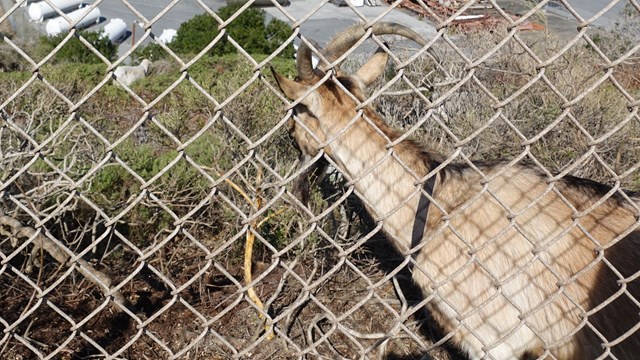
The purpose of the National Park Service, to carry out its mission by such means as will leave park resources “unimpaired for the enjoyment of future generations” (Organic Act, 1916), is well aligned with the traditional definition of sustainability, that which “meets the needs of the present without compromising the ability of future generations to meet their own needs” (Report of the Brundtland Commission, 1987).
With management interest in over eighty million acres of land in the United States and its territories, and nearly 280 million recreational visits to national parks annually, the National Park Service is positioned to champion sustainable cultural landscape stewardship and communicate these practices to employees, professionals, and visitors alike.
The NPS Green Parks Plan outlines a vision and strategy for the National Park Service to reduce environmental impacts, mitigate the effects of climate change, and integrate sustainable practices into every aspect of its operations. The plan emphasizes communication, community engagement, and collaboration to broaden opportunities to foster change.
In addition to advancing the environmental, social, and economic dimensions of sustainability, however, stewards of cultural landscapes must balance these goals with many others, including maintaining historic integrity and historic character of cultural landscapes. A more complete framework for what sustainability means in the context of cultural landscape management is under development by the NPS Park Cultural Landscapes Program.
This webpage is a source of information on current policies and best practices in the sustainable stewardship of cultural landscapes. The following forthcoming subpages outline the philosophical framework for sustainability in cultural landscape management, and provide real examples of challenges and how we are meeting those challenges in a sustainable manner.

Learn more about how components of resilient systems are integrated into cultural landscape management practices.

These national park projects model sustainable maintenance practices or sustainable treatment design in cultural landscapes.

Links and references for sustainable practice in cultural landscapes.
Last updated: October 22, 2024
